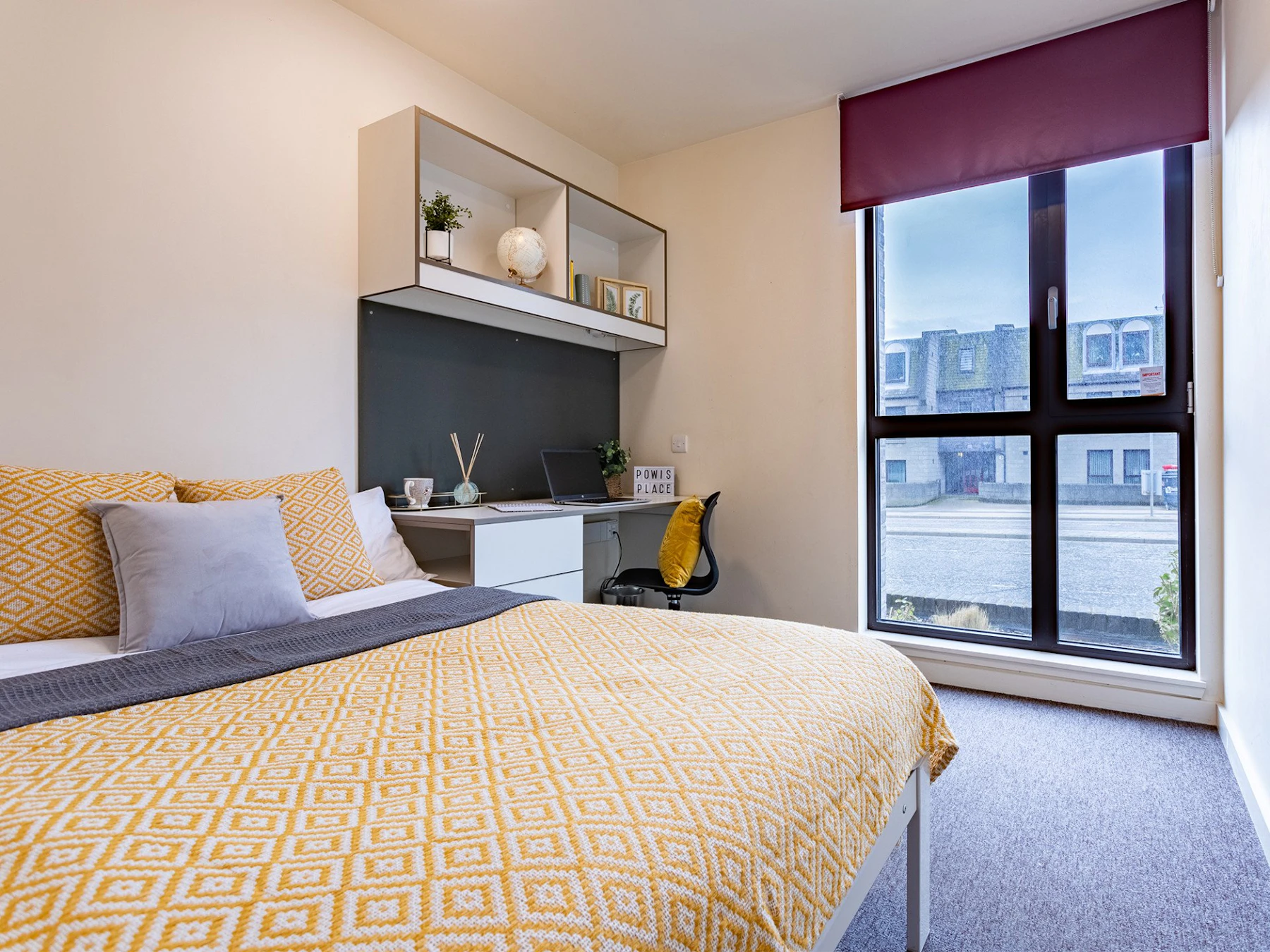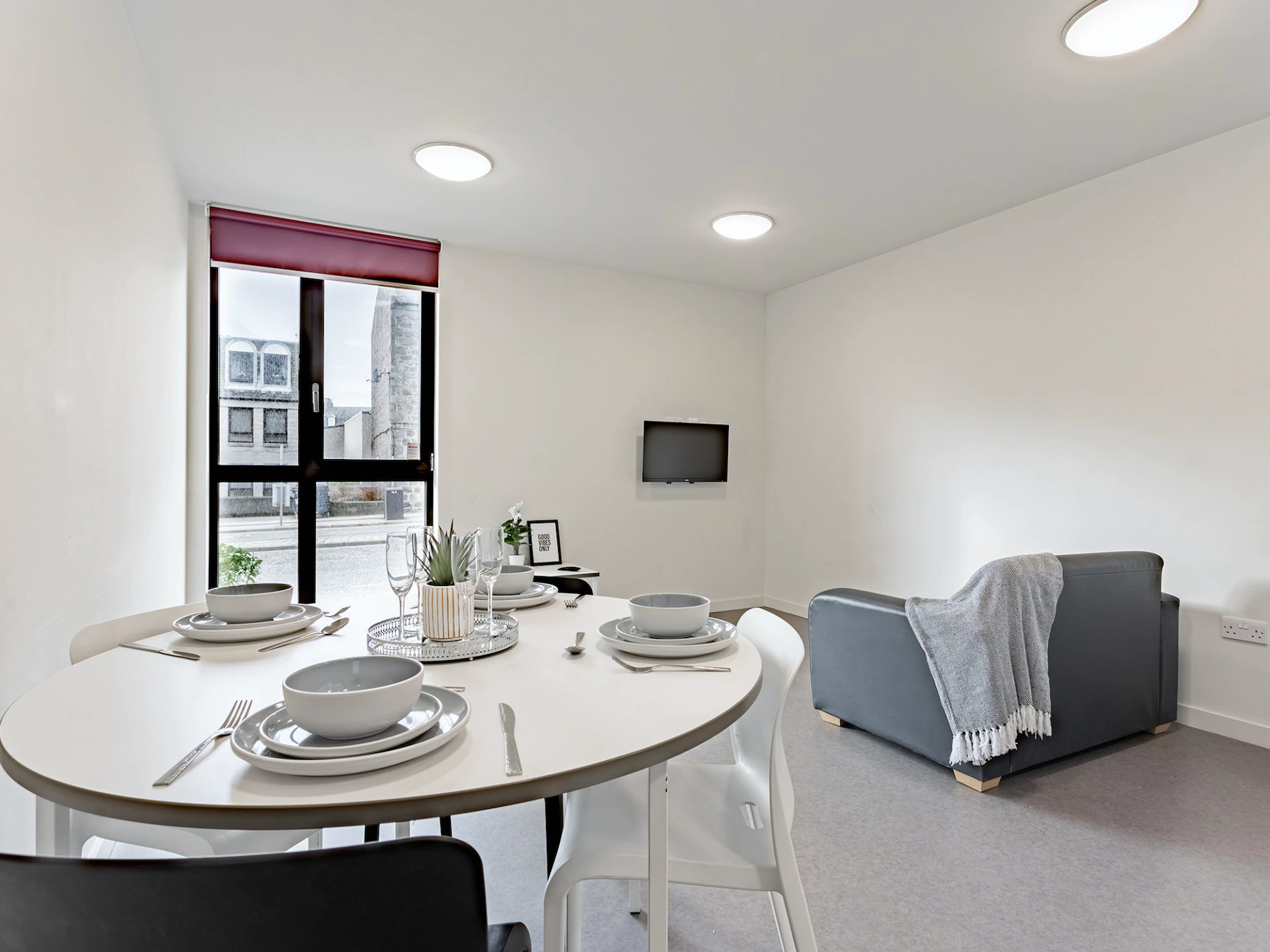Marking the rise of students as consumers


Gone are the days of basic student halls and porters’ lodges. En suite bedrooms and customer service reception teams are both the concrete and administrative evidence of a wider cultural shift driven by the economic realities of student fees. Our panel of experts say today, like most consumers, students want value for money in the higher education marketplace. So how are universities really adapting?
There has been much talk over the last few years about whether higher education providers should now consider students as customers as well as partners in learning. Arguably the rise in the cap on tuition fees a decade ago opened the door to a seismic shift in approach. Along with moves to improve the student experience, some have argued that over the past few years students have adopted a new mindset towards HE.
Last year the charity Advance HE produced a new toolkit called 'Balancing students’ identities as learners and consumers'. The toolkit provides a structure that facilitates a reflective and critical dialogue between educators and their students about the impact of learner and consumer identities on learning and teaching. So, how are universities adapting to this shift?
According to Katy Lemmon, Accommodation Manager at The University of Liverpool the debate has moved on and the new relationship between students and higher education providers is here to stay.
Katy explains: “A student undertaking a three year undergraduate degree today costs a total of £53,000, once tuition, accommodation and basic living costs are included. For universities not to accept that students paying this amount of money are customers would be madness, when it's more expensive than ever before to be a student in this country.
With the true cost of a degree in mind, we have an obligation as educational institutions to ensure students are being provided the service and experience they are rightly demanding.”


Katy Lemmon
Accommodation Manager at The University of Liverpool
Lee Rawlinson, Sales Director of Homes for Students says that in recent years, the sector has been student-led in its approach but sometimes with unintended consequences.
Lee says: “The sector has given students what they want, for example, looking at the increased quantity of newly built, en suite accommodation even though most students don't have an en suite at home. So that then links into students being customers and responding to a perceived need, if you give them what they want, that's great, but actually do we know for sure as a sector if they want it? In my experience, some of the happiest students were those that were in older style accommodation that was cheap and cheerful, but they had a great time, rather than being in an expensive shiny studio where they're sometimes on their own. The sector has evolved to offer more choices to students and anticipate future demand trends.”


Lee Rawlinson
Director of Homes for Students
What impact has PBSA's had in the shift of students to consumers?




Pictured above: Home for Students classic ensuite student accommodation in Aberdeen.
Katy Lemmon agrees that the purpose-built accommodation sector has led the way in viewing students as consumers.
“PBSAs have always perceived students as customers because they are more commercially structured to sustain development investment into the sector, whereas universities haven't considered students as customers previously, because they're first and foremost an education provider.
“When I first joined The University of Liverpool, there was a very traditional setup in the halls of residence: they had porters who were there to make sure that maintenance was completed and to hand out parcels and post. There wasn't much of an emphasis on both customer service or student support. We had a welfare team, and we had our residential advisors, but the emphasis was on student conduct instead of anything to do with experience or service. I joined the university as part of both a structure and culture change within the Residential Services Department in order to focus more on the service and experience of our student residents.”
“We moved from porters to customer service assistants, and adopted a much more structured approach to customer service. We made sure that service delivery, student experience and wellbeing were at the forefront of everything we did right, starting from day one as part of our induction process.”
Katy says that the university has adapted to the new relationship with students as customers by reviewing its processes, and making sure that the entire student journey is as seamless as it can be, and she says the cultural shifts have reaped dividends.
“10 years ago, accommodation at The University of Liverpool was one of the main reasons that students didn't choose the university as their place of study. Now, accommodation is one of the top three reasons to study at the university. That is a real achievement; our flexible approach to service and experience is a huge part of our success.
For Lee Rawlinson, the evolving relationship between students and higher education providers will throw up new challenges.
“Today’s students want their own facilities in studios where they've got their own kitchen, their own bathroom, their own study space, with no kind of shared spaces with anyone else. Yes, consumers are demanding this, and particularly international markets are demanding this change and yes, the evolution in building design has had a role to play too. But are we creating reduced opportunities for students to meet and connect compared to when they were in a long corridor in a hall of residence? Is this contributing to student loneliness and ultimately, will we have to work harder as a sector to engage these students?”
